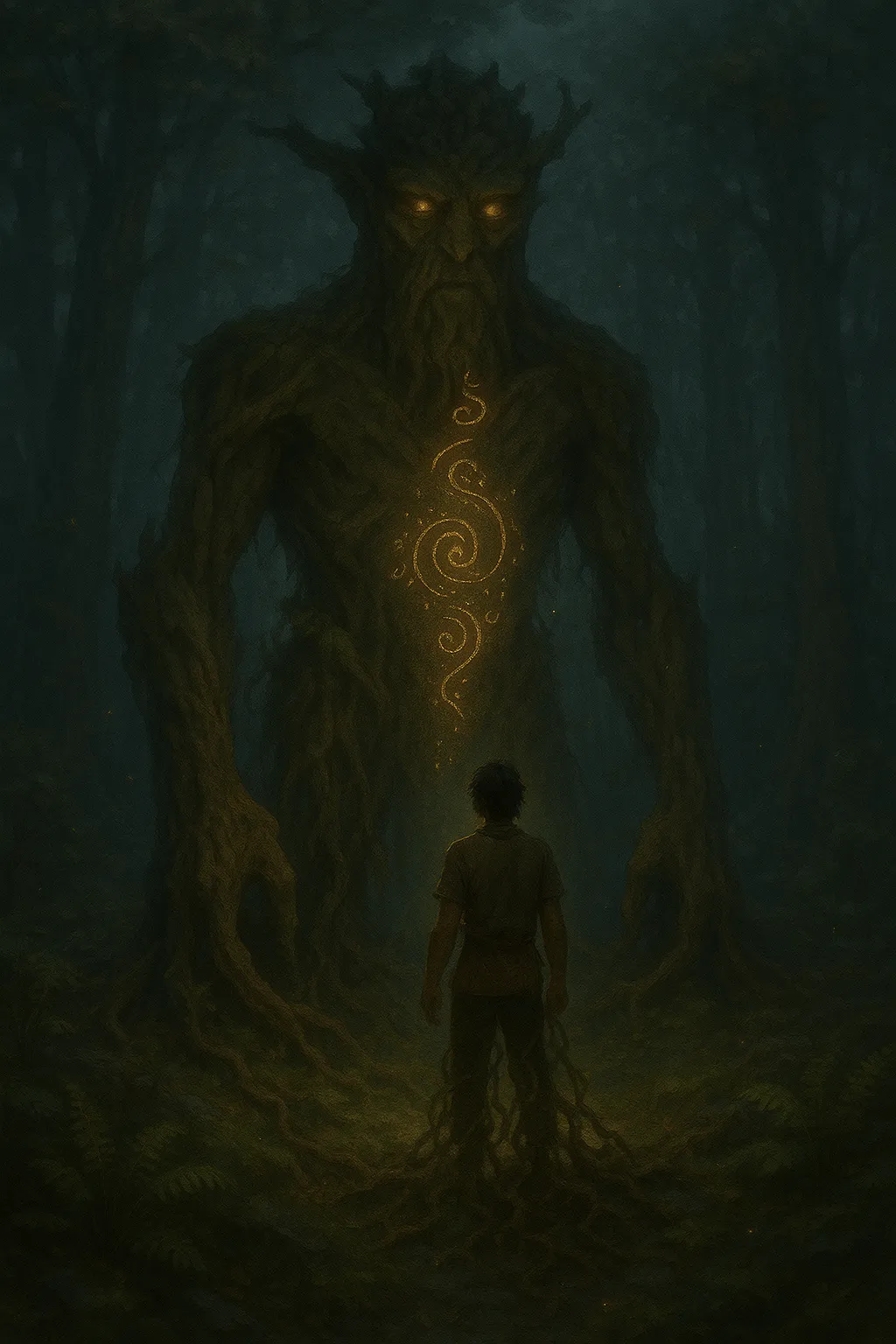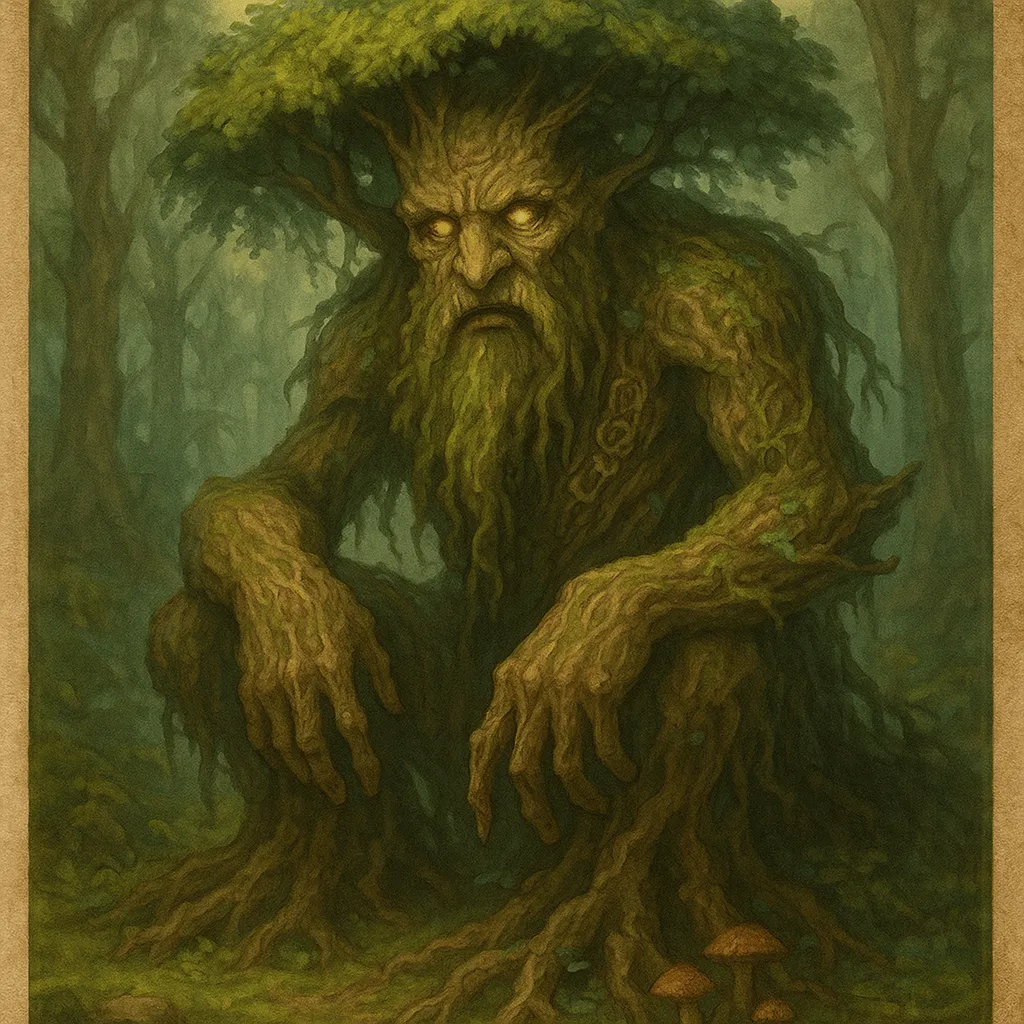
Roots must break stone before they can find water.
Among the various fey that haunt, guard, or shape the wilds of the world, the Elder Bark is one of the most enigmatic. Unlike their younger or more animated kin, these treants are ancient and mostly motionless, more shrine than soldier. They are not bound to seasons or sunlight, nor to any court or creed. While other fey creatures play games of glamour, politics, or predation, the Elder Bark sits in silence, waiting not to be found, but to be addressed. 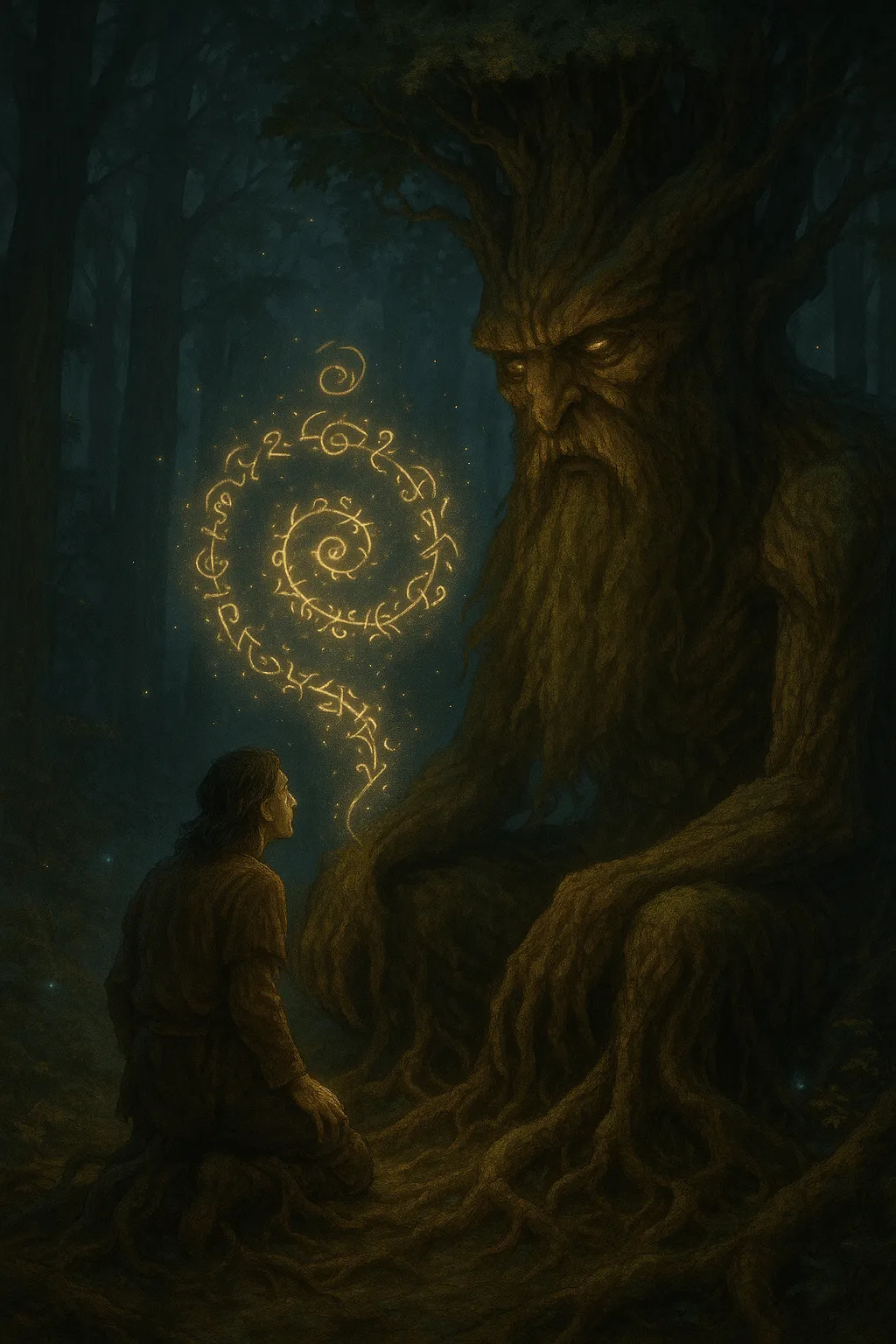 To call them rare is accurate, though perhaps misleading—rare is the encounter, not the existence. Elder Bark may stand for centuries unnoticed by even the most attentive druids or scouts, mistakable for mere trees save for the eerie glyphs grown into their bark or the faint warmth of thought that seems to hum just beneath the surface.
To call them rare is accurate, though perhaps misleading—rare is the encounter, not the existence. Elder Bark may stand for centuries unnoticed by even the most attentive druids or scouts, mistakable for mere trees save for the eerie glyphs grown into their bark or the faint warmth of thought that seems to hum just beneath the surface.
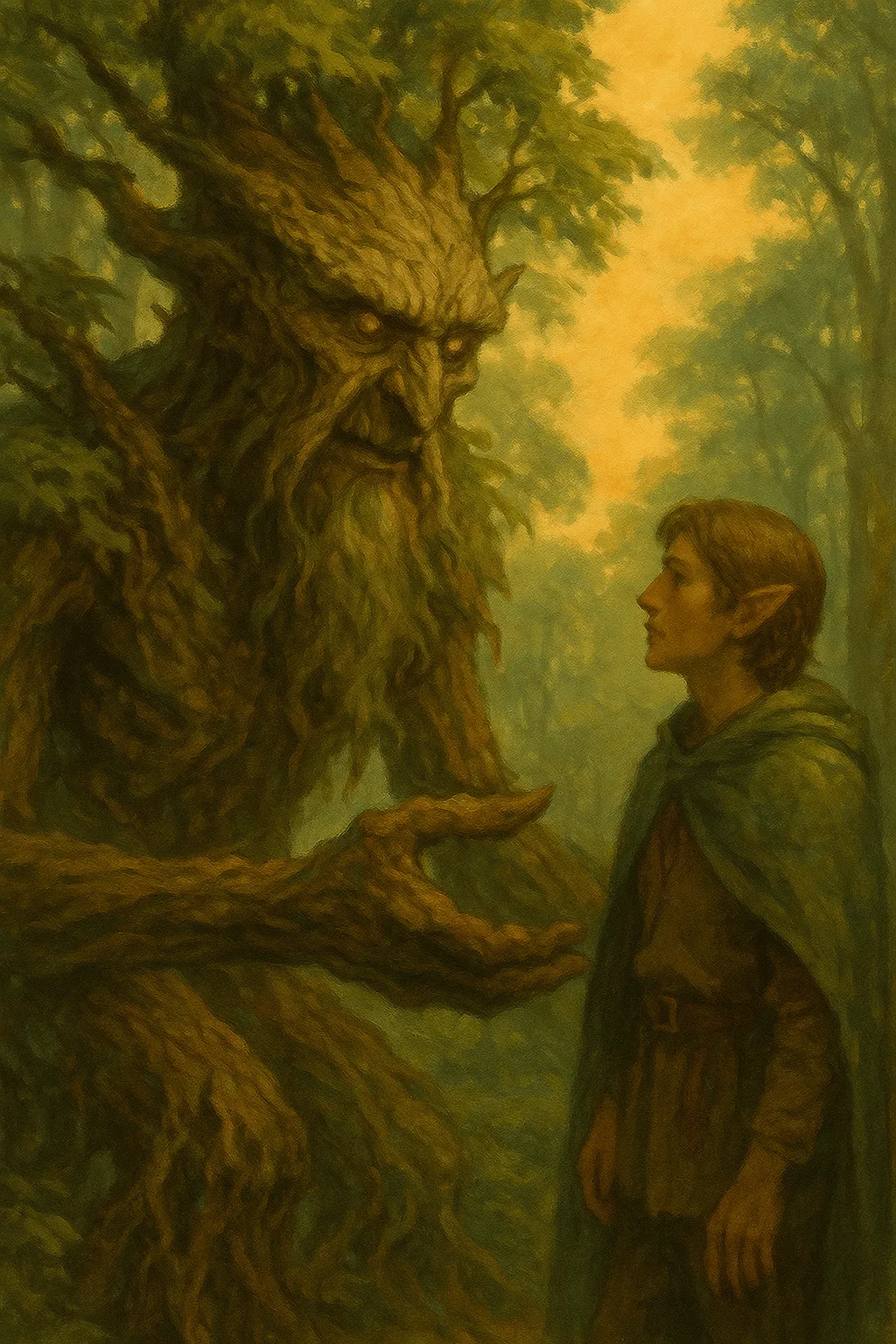 Little is known of their origin. Some believe the Elder Bark are seeded by older treants who choose to withdraw from the physical world and enter a deeper form of stillness. Others say they are born when a question is asked beneath a tree at the perfect intersection of time, emotion, and fate—when a mortal’s need for truth burns so hot that the roots themselves ignite with sentience. There are even whispers, mostly from seers and old forest hermits, that the Elder Bark are not born at all, but emerge from trees that have listened too long to the dreams of sleeping gods. Whatever their genesis, they are clearly tied to riddles, memory, and some strange, internal logic that separates them from both nature and society.
Little is known of their origin. Some believe the Elder Bark are seeded by older treants who choose to withdraw from the physical world and enter a deeper form of stillness. Others say they are born when a question is asked beneath a tree at the perfect intersection of time, emotion, and fate—when a mortal’s need for truth burns so hot that the roots themselves ignite with sentience. There are even whispers, mostly from seers and old forest hermits, that the Elder Bark are not born at all, but emerge from trees that have listened too long to the dreams of sleeping gods. Whatever their genesis, they are clearly tied to riddles, memory, and some strange, internal logic that separates them from both nature and society.
Elder Bark treants do not move unless some force greater than themselves requires it. Their branches sway only when meaning calls them to do so, and their roots curl inwards, deep into soil and stone, seemingly to avoid the pull of time. They do not speak as other treants do. Words, when they arrive, are fragmented and recursive. Questions are answered only with more questions. Their riddles are not games of wit but ancient mechanisms—rituals of language and memory designed to test the asker's readiness for revelation. Those who succeed may walk away with truths beyond comprehension. Those who fail are often cursed not with death or madness, but with forgetting—forgetting the question that led them to the tree in the first place. Some speak of cursed seekers who wander the woods aimlessly, still convinced they’re on a quest, long after the Elder Bark erased the need that once gave it shape.
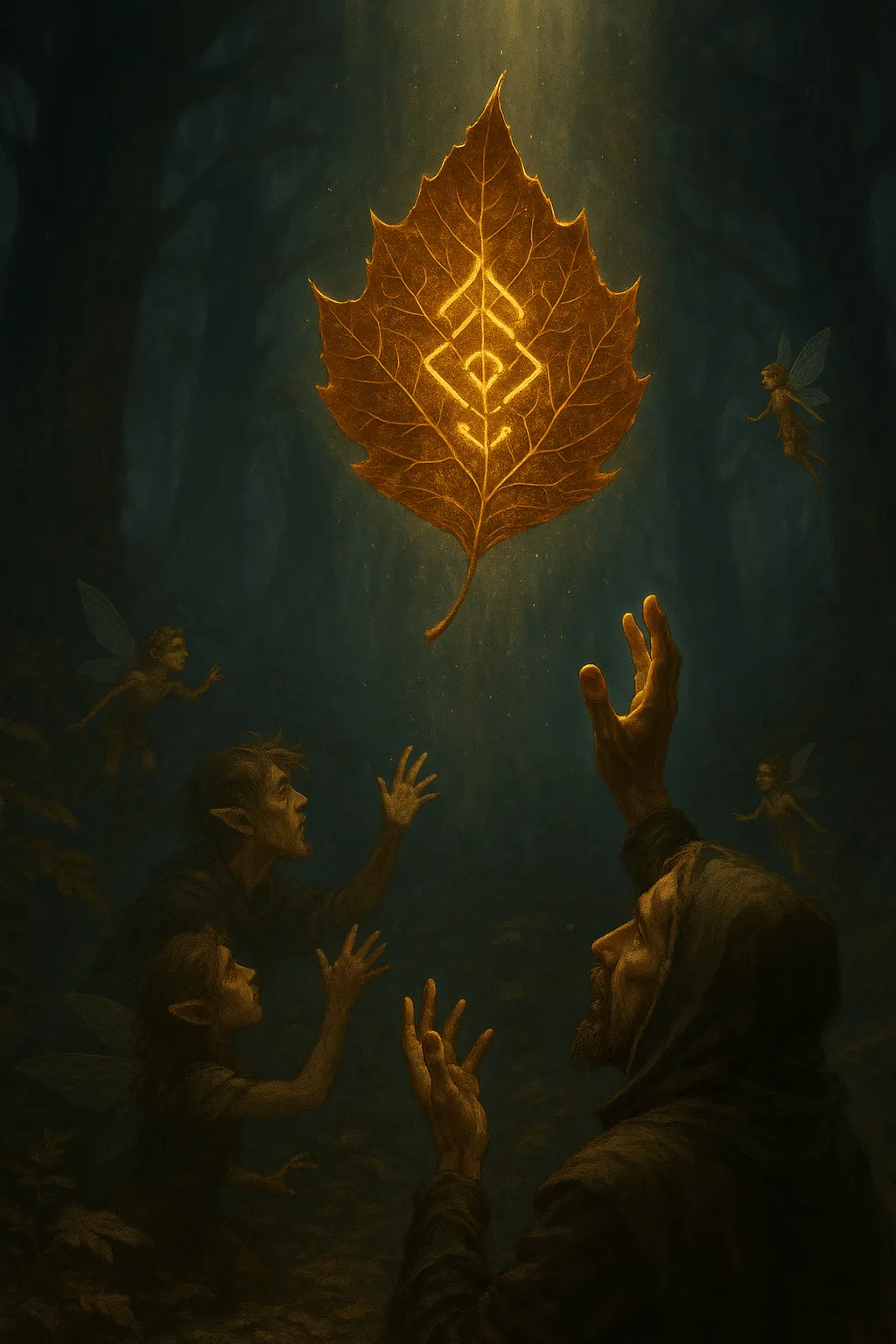 In certain circles—druidic orders, old bardic colleges, or wandering scholars of the unknown—the Elder Bark are regarded with a kind of reverent dread. They are approached not as beings, but as forces, like storms or tides. Rituals exist to commune with them, some requiring silence for days, others demanding the speaker offer part of their own memory in exchange for the right to ask a question. One of the more curious customs is the collection of “falling riddles”—individual leaves shed by Elder Bark only once per cycle. Each leaf bears a riddle inscribed not in ink or blood, but in the veins of the leaf itself. These riddles never decay and are said to hold immense value to those who can solve them. In certain fey markets, such leaves have served as currency more stable than gold, though far more dangerous.
In certain circles—druidic orders, old bardic colleges, or wandering scholars of the unknown—the Elder Bark are regarded with a kind of reverent dread. They are approached not as beings, but as forces, like storms or tides. Rituals exist to commune with them, some requiring silence for days, others demanding the speaker offer part of their own memory in exchange for the right to ask a question. One of the more curious customs is the collection of “falling riddles”—individual leaves shed by Elder Bark only once per cycle. Each leaf bears a riddle inscribed not in ink or blood, but in the veins of the leaf itself. These riddles never decay and are said to hold immense value to those who can solve them. In certain fey markets, such leaves have served as currency more stable than gold, though far more dangerous.
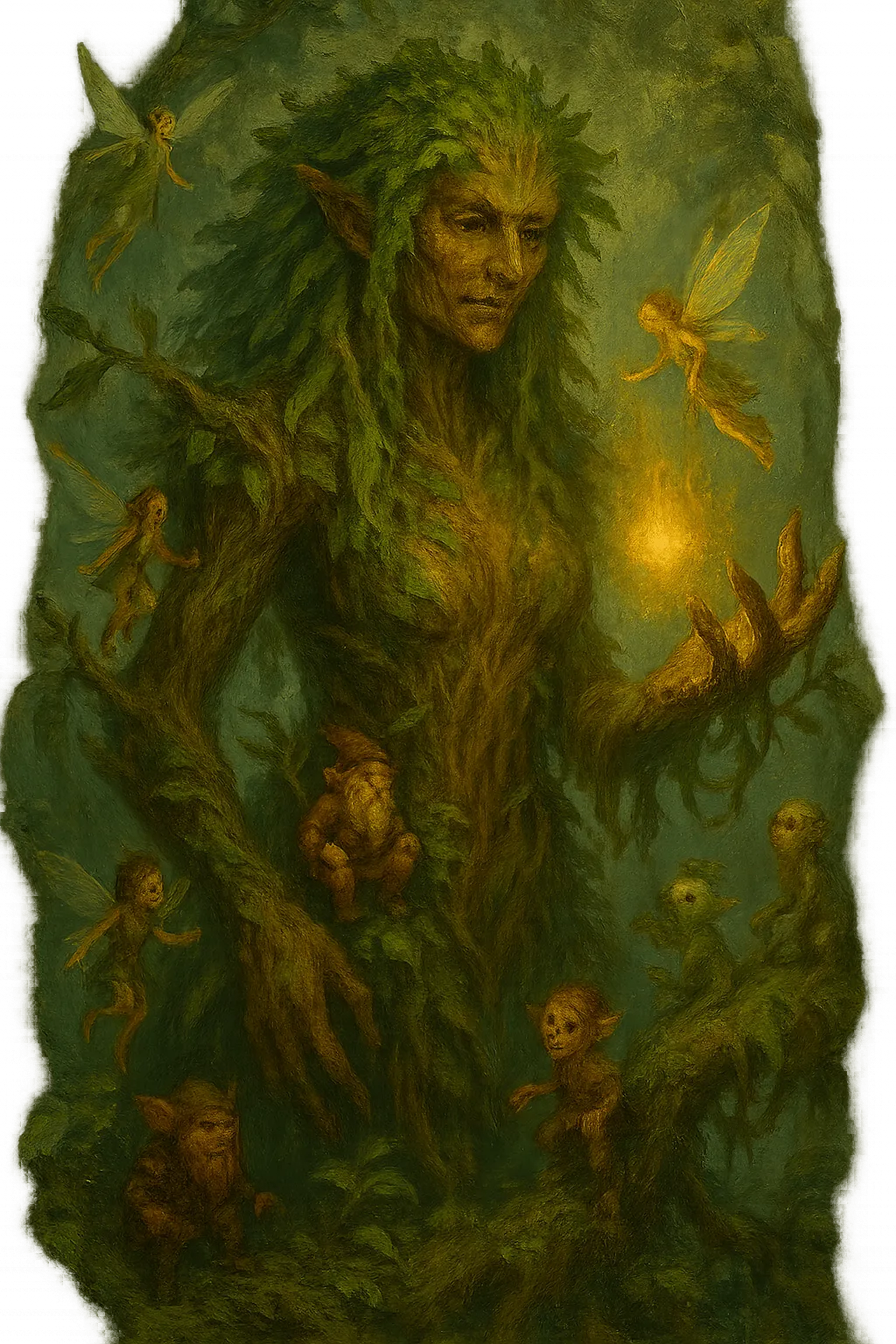 Despite their station as solitary figures, the Elder Bark are not without relationship to other fey beings. Pixies, brownies, and lesser spirits often build homes around their roots, treating the area as sanctified ground. These smaller fey act as both guardians and filters—testing those who approach before they even reach the bark. They cannot be bribed, coerced, or manipulated. A truth offered by an Elder Bark is always earned, never given, and never bound to mortal desires. It is said that long ago, a queen once asked an Elder Bark how to save her court from ruin. The riddle it gave her was not solved until her granddaughter’s reign—and by then, the court had already turned to dust.
Despite their station as solitary figures, the Elder Bark are not without relationship to other fey beings. Pixies, brownies, and lesser spirits often build homes around their roots, treating the area as sanctified ground. These smaller fey act as both guardians and filters—testing those who approach before they even reach the bark. They cannot be bribed, coerced, or manipulated. A truth offered by an Elder Bark is always earned, never given, and never bound to mortal desires. It is said that long ago, a queen once asked an Elder Bark how to save her court from ruin. The riddle it gave her was not solved until her granddaughter’s reign—and by then, the court had already turned to dust.
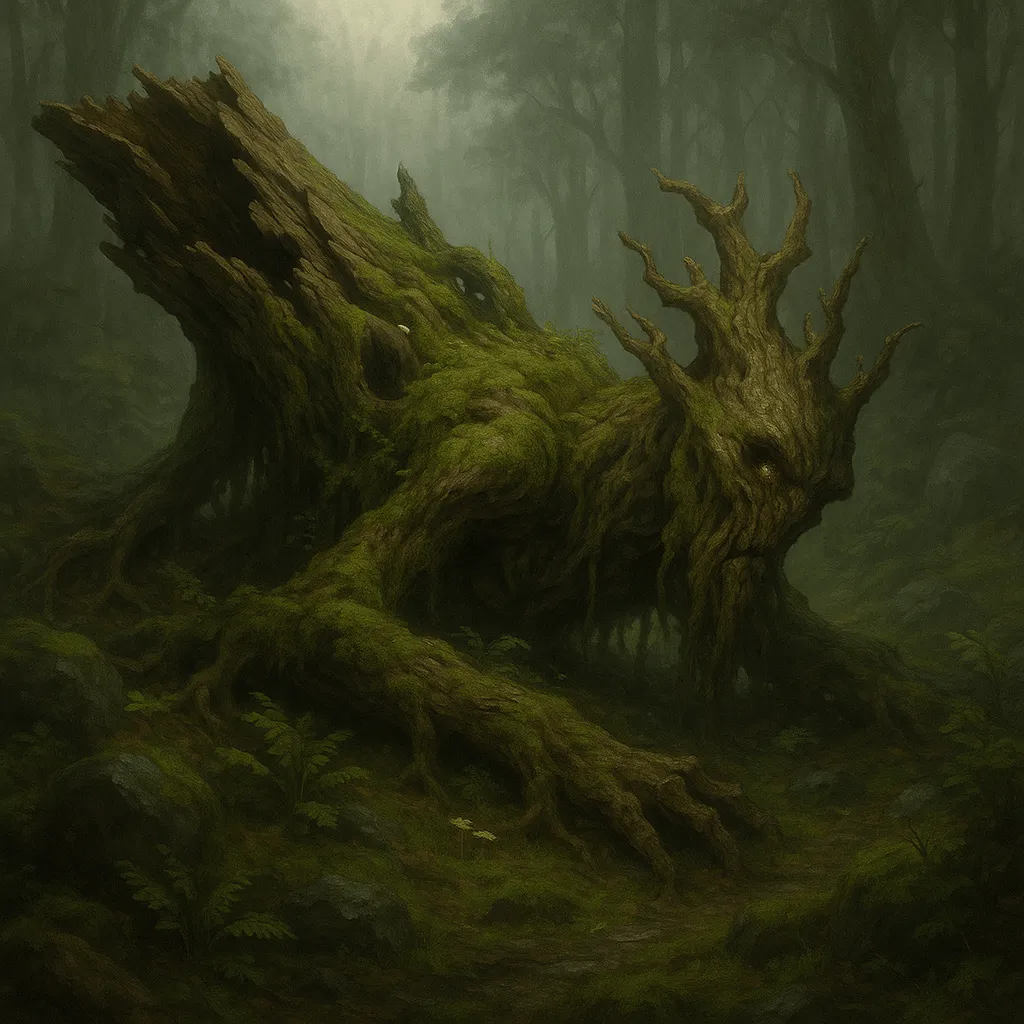 The life cycle of an Elder Bark is not easily understood, if it can even be said to exist in a conventional sense. They do not appear to die of age, but they do sometimes fall silent—so silent, in fact, that they are mistaken for ordinary trees and eventually forgotten. Other times, one may rot from the inside, its riddles no longer spoken but absorbed into the roots of the forest, seeding a new Elder Bark somewhere else. It is unclear whether these new instances are offspring, reincarnations, or simply the tree’s thoughts reshaping themselves across space and soil. What is known is that when an Elder Bark finally breaks or falls, the surrounding forest often changes—animals avoid it, plants grow erratically, and for a time, the boundary between the physical world and the dreaming feywild feels thinner.
The life cycle of an Elder Bark is not easily understood, if it can even be said to exist in a conventional sense. They do not appear to die of age, but they do sometimes fall silent—so silent, in fact, that they are mistaken for ordinary trees and eventually forgotten. Other times, one may rot from the inside, its riddles no longer spoken but absorbed into the roots of the forest, seeding a new Elder Bark somewhere else. It is unclear whether these new instances are offspring, reincarnations, or simply the tree’s thoughts reshaping themselves across space and soil. What is known is that when an Elder Bark finally breaks or falls, the surrounding forest often changes—animals avoid it, plants grow erratically, and for a time, the boundary between the physical world and the dreaming feywild feels thinner.
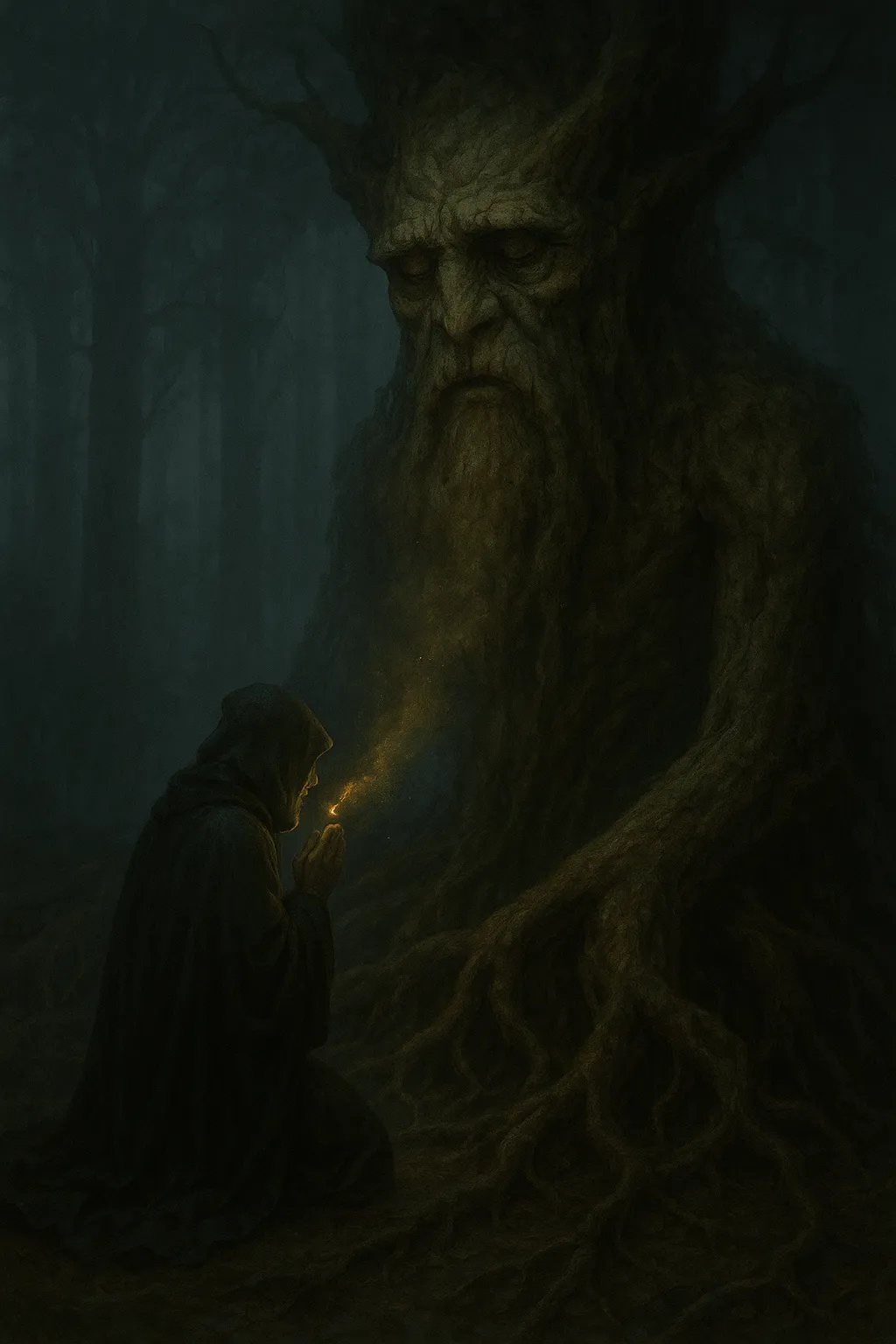 Many mortals have tried to categorize Elder Bark. Some label them oracles, others guardians, and some simply refer to them as “the asking trees.” Yet none of these names suffice. They are not keepers of prophecy nor defenders of places. They do not seek to guide or destroy. They exist instead to pose a singular, terrible challenge: are you ready to understand what you truly seek? And if so, are you willing to be changed by the answer?
Many mortals have tried to categorize Elder Bark. Some label them oracles, others guardians, and some simply refer to them as “the asking trees.” Yet none of these names suffice. They are not keepers of prophecy nor defenders of places. They do not seek to guide or destroy. They exist instead to pose a singular, terrible challenge: are you ready to understand what you truly seek? And if so, are you willing to be changed by the answer?
Because that is the nature of the Elder Bark—not to protect knowledge, but to transform those who would dare to ask for it.
The following magical heirlooms are fictional and lore-based in nature. Each one is an affiliate link to a real-world item on Amazon that we've hand-selected to complement this artifact's lore.
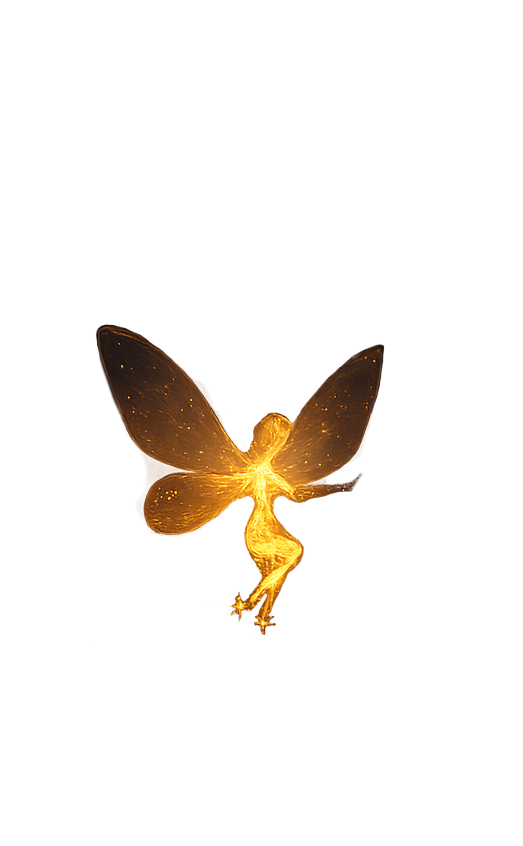
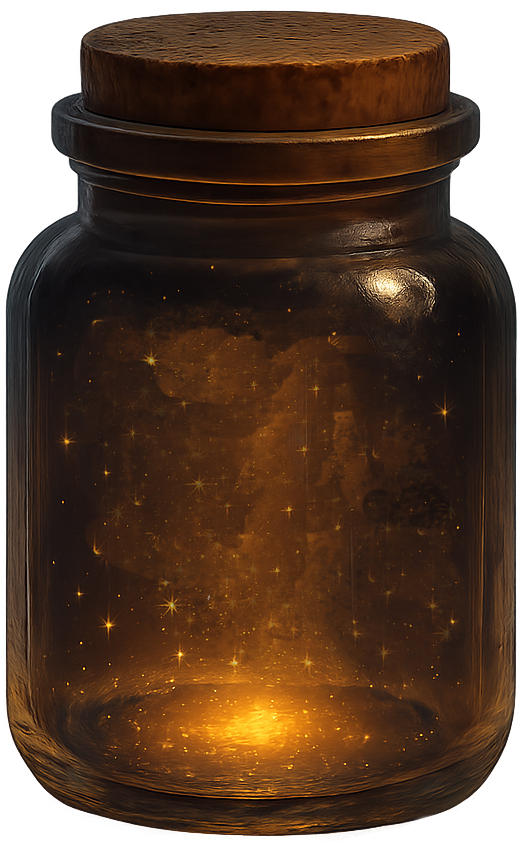
If you click a link and buy an item, we may earn a commission.It costs you nothing extra, but can help keep this little corner of the internet glowing.
What does this mean?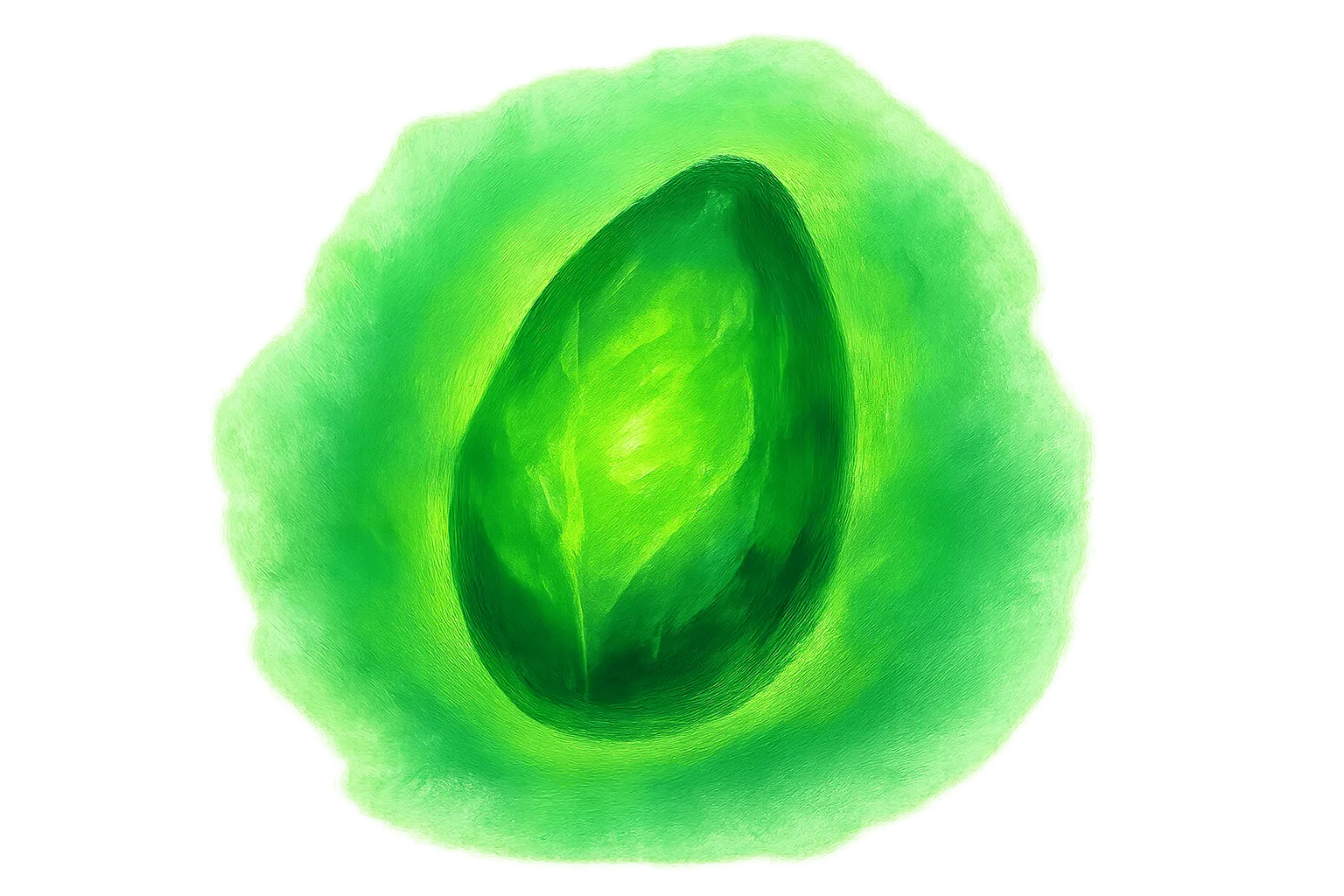
A seed capable of growing a large tree with a series of connected rooms and balconies.
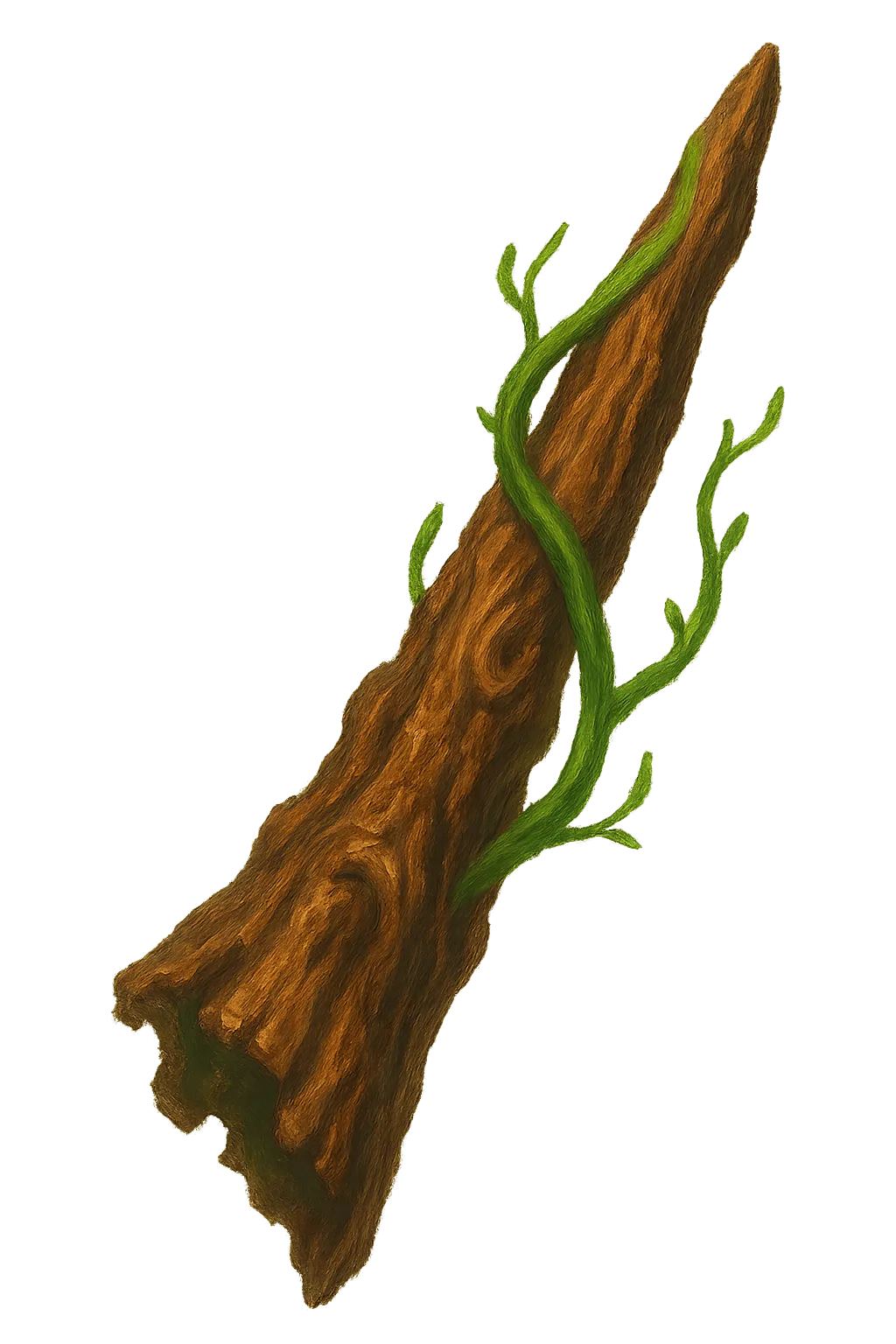
Once part of an elder. Now bends vines and beasts to your will.
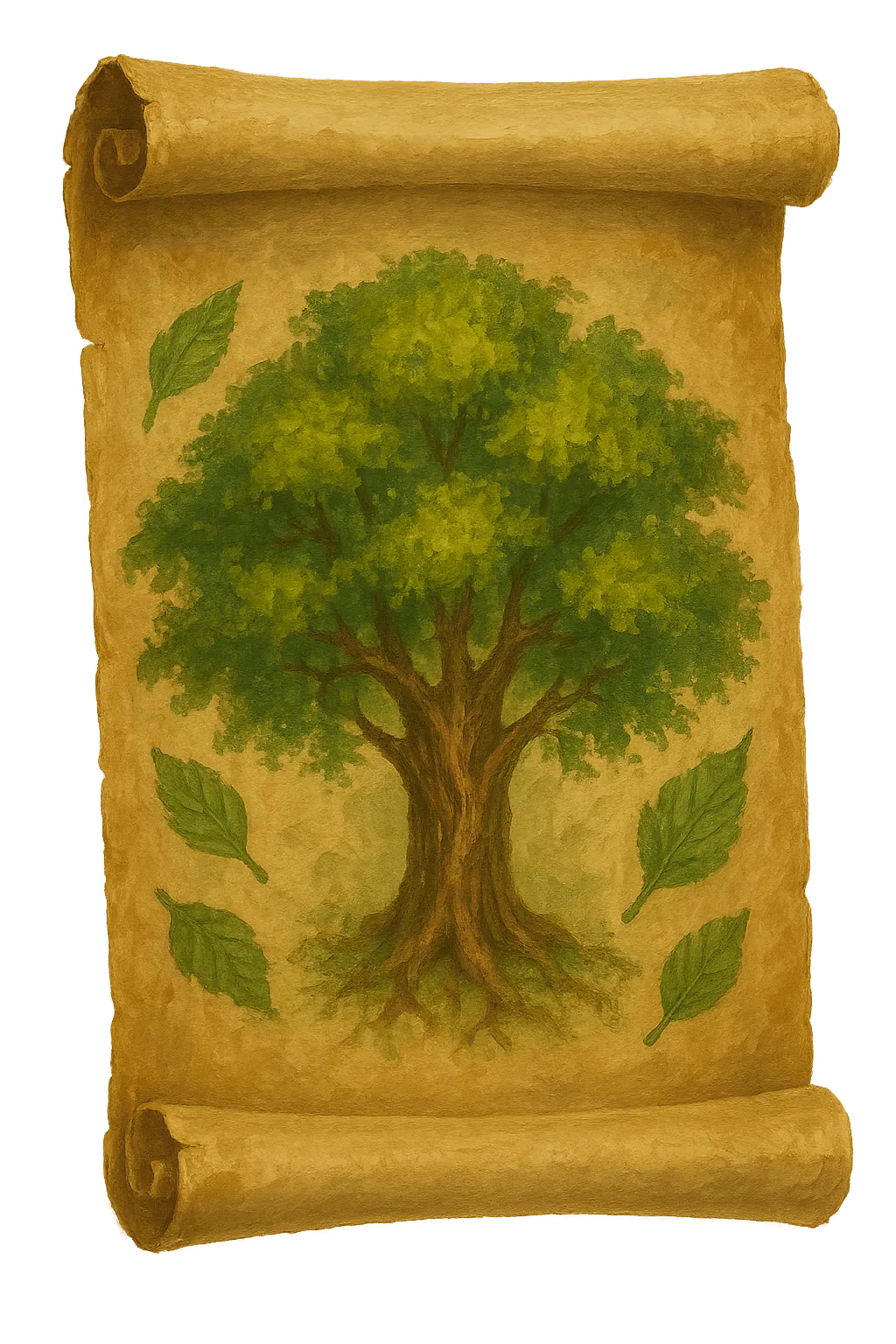
Summons 3 small saplings. They're not particularly ferocious, but they are cute and distracting.
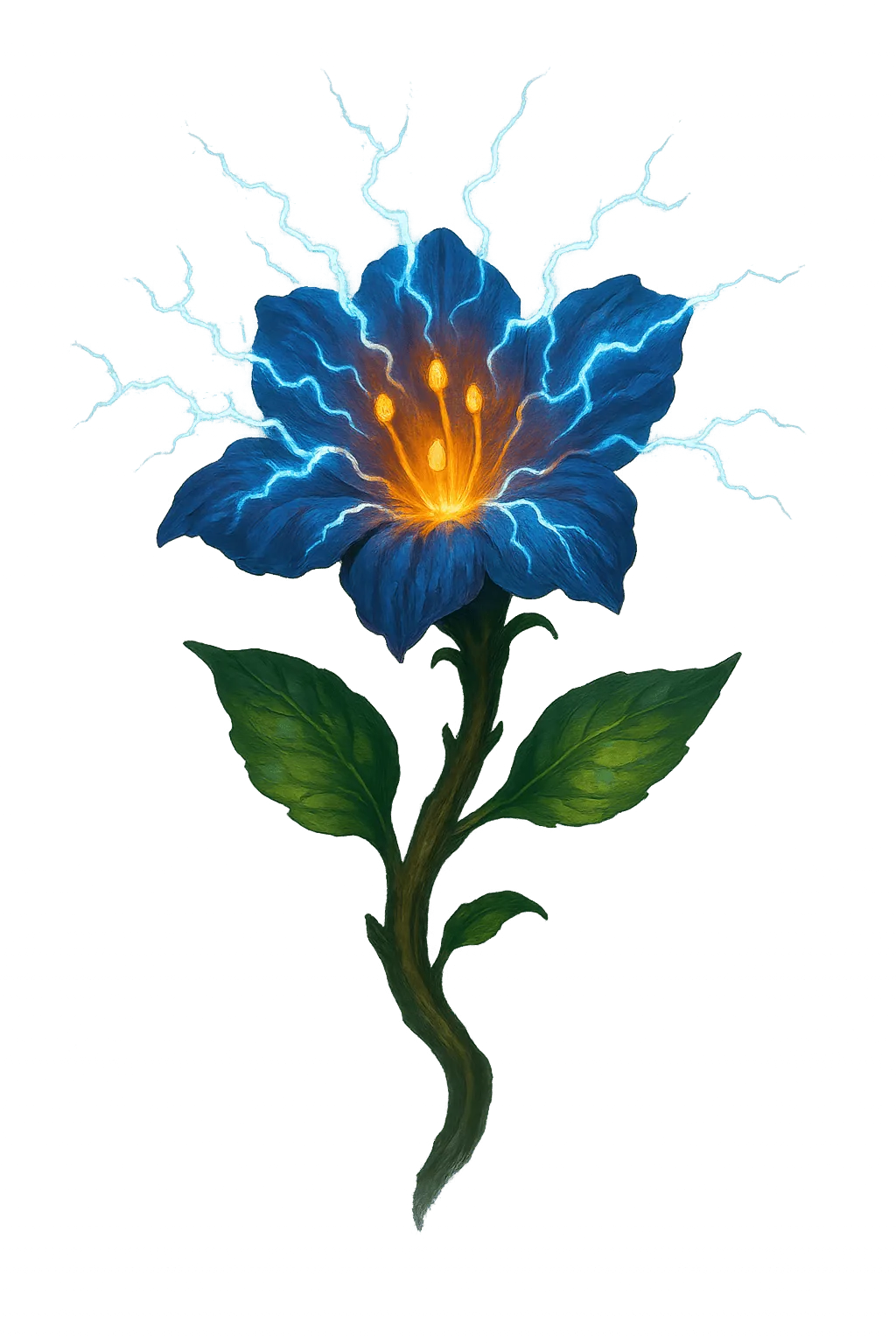
Water at own risk. Banned in three kingdoms. Pollinates itself out of spite.


